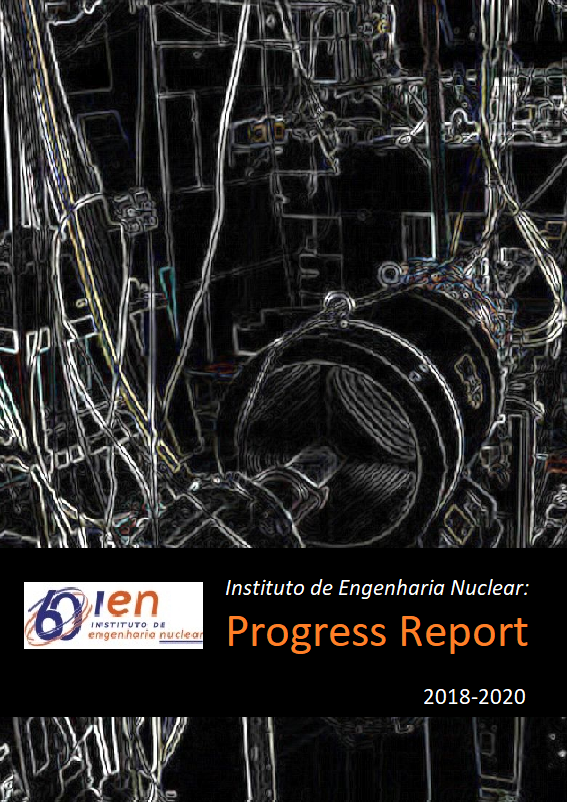Comparison of dynamic mode decomposition and deep learning techniques for two?phase flows analysis
Resumo
Dynamic mode decomposition (DMD) and deep learning are data-driven approaches that allow a description of the target phenomena in new representation spaces. This fact motivates their comparison in the analysis of flow data, generated through experimental setups and numerical simulations. The focused application is the processing of high-speed videos of horizontal two-phase stratified and slug flows regimes. Henceforth, in this work, we consider the traditional DMD, the sparsity-promoting DMD (SPDMD) and, in the deep learning context, we select an unsupervised convolutional autoencoder (CAE). In this avenue, it becomes imperative to compare DMD and deep learning with respect to: computational complexity of target techniques; reduced order modeling versus data representation; data set necessary to compute the dynamic modes and deep learning training; the preservation of the phase interface in the DMD and CAE space; data synthesis. In general, the results favor DMD in the considered applications.
Downloads
Publicado
Como Citar
Edição
Seção
Licença
Copyright (c) 2021 Jose Luiz Horacio Faccini, Eliaquim Monteiro Ramos, Gabriella Machado Darze, Francisco Rogerio Teixeira do Nascimento, Gilson Antonio Giraldi

Este trabalho está licenciado sob uma licença Creative Commons Attribution-NonCommercial-NoDerivatives 4.0 International License.


